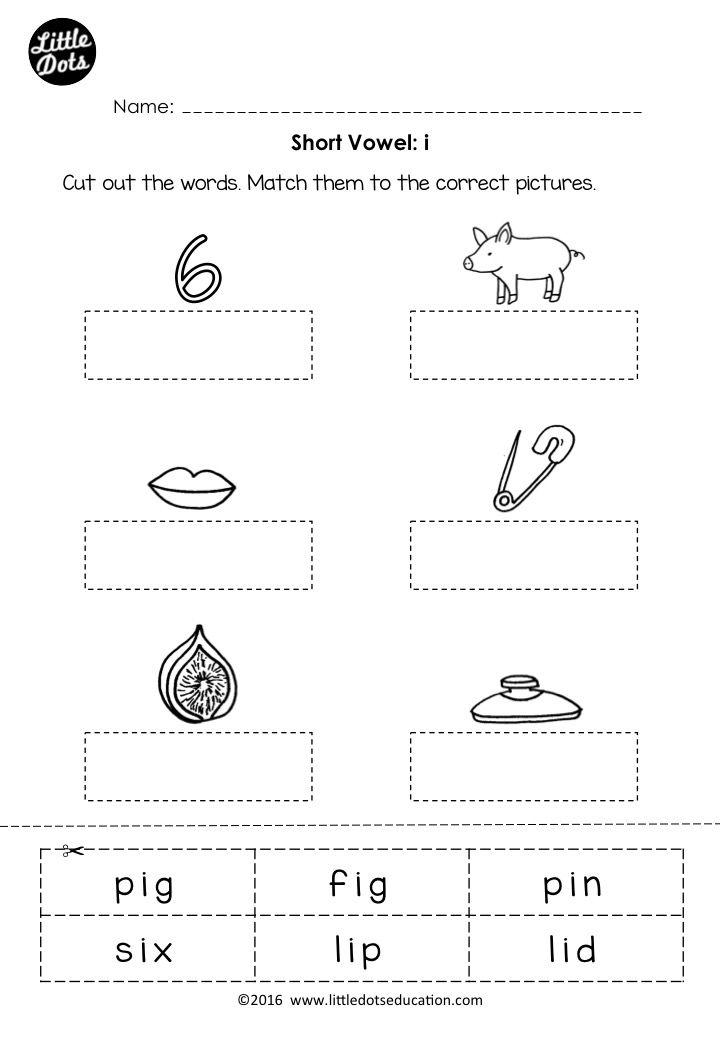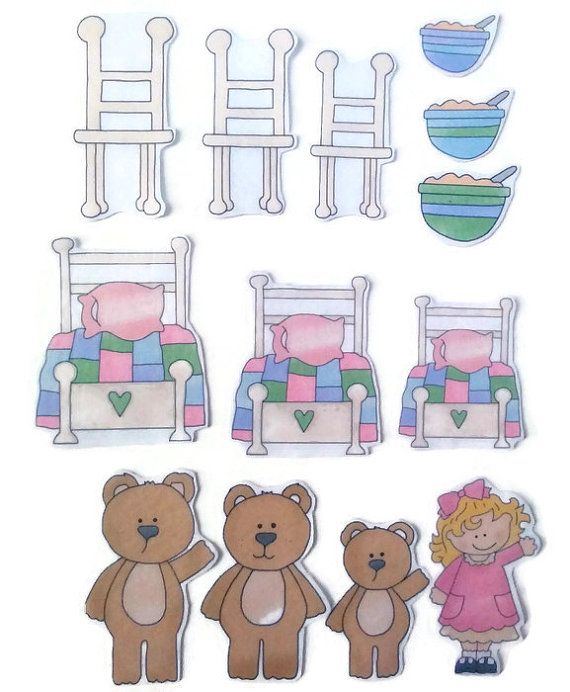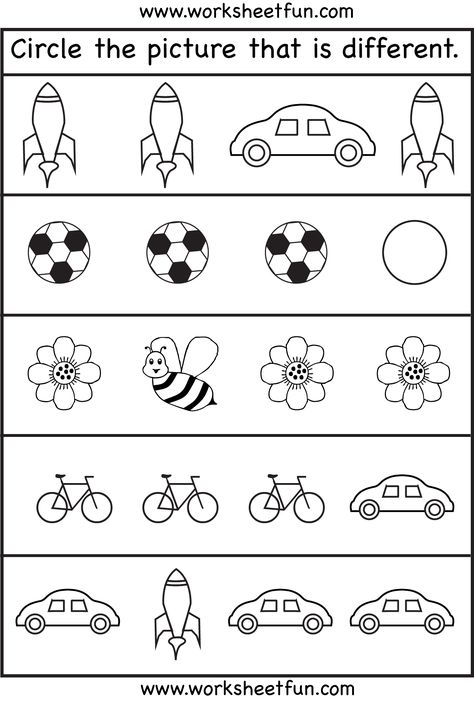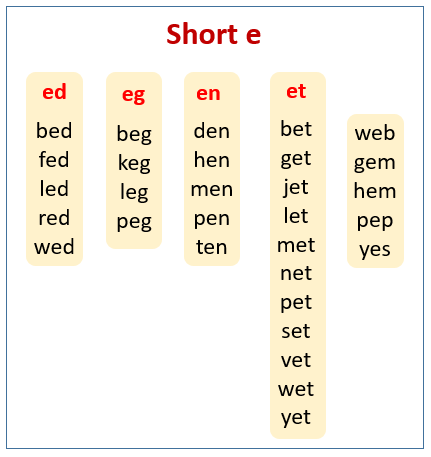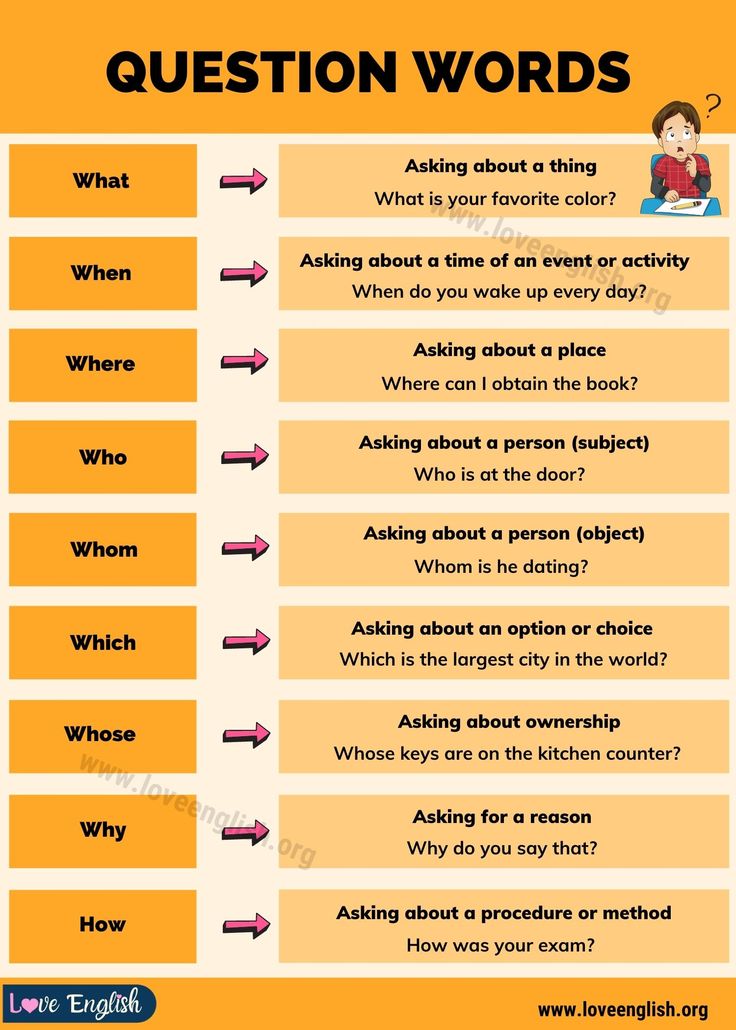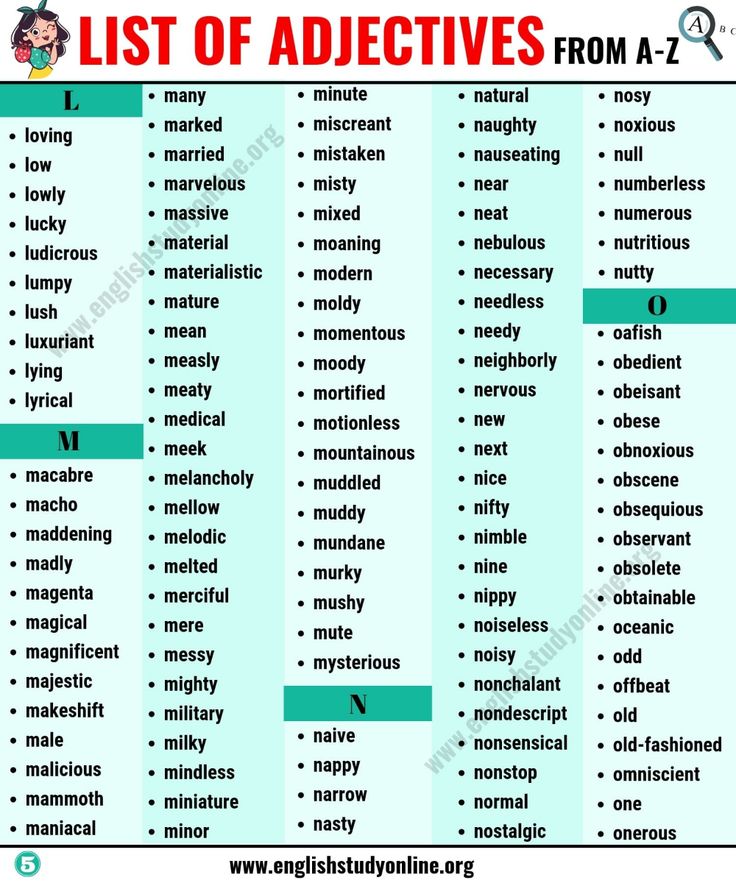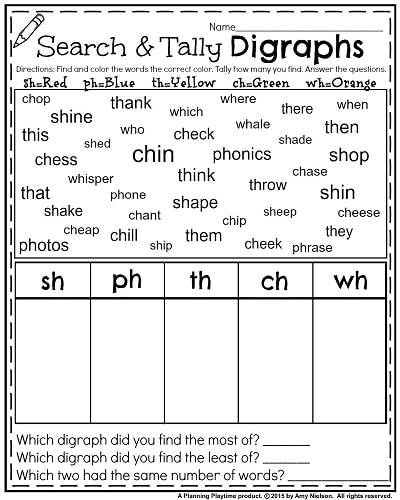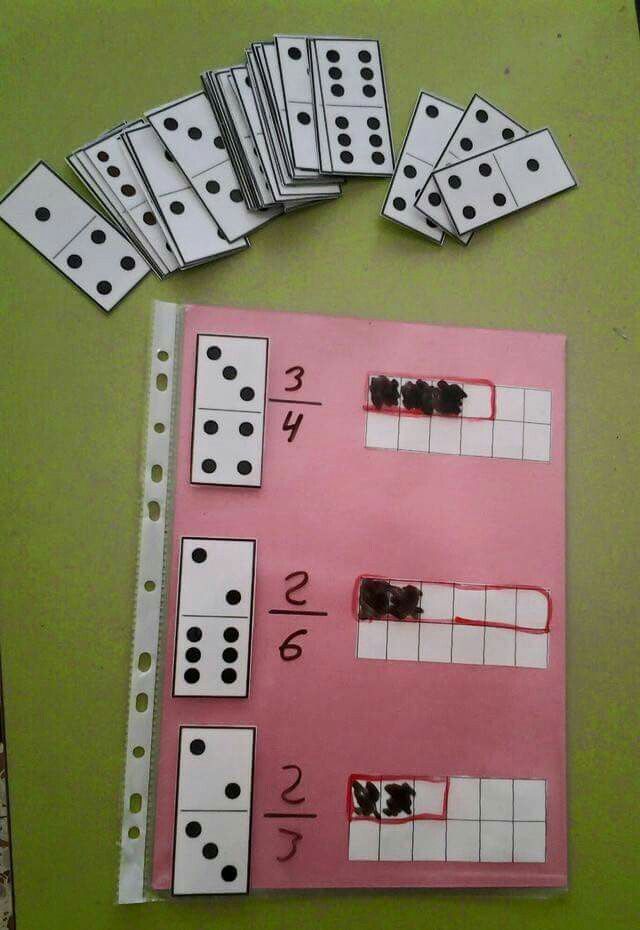Short vowel i activities
Short Vowel i Phonics Activities and Games for 1st Grade o
Sharing a quick look at short vowel i phonics activities and games within Phonics Friends. If you aren’t sure what Phonics Friends are, they are phonics characters and activities that teach the weekly phonics skill through engaging, interactive, hands on, and fun ways to practice! I love them. You can see more Phonics Friends HERE and see what teachers love about them HERE.
Here is a break down of a full week (day by day).
**DAILY COMPONENTS/WARM UPS**
Phonics Friend Icky I is an anchor for short i learning. You can display Icky I on your board to reference to during the daily lesson. We used our friends daily. I used them on the 1st day to introduce the sound/spelling rule and then I used it every day after that when starting our phonics time.
I would say something like: “class, who is our Phonics Friend this week?”, “what sound does our friend say/make?”, “when do we use this Phonics Friend?” etc. I also displayed all the Phonics Friends on a wall for students to reference to throughout the school year.
Icky I helps students remember the short i sound. When Icky I is between two consonants, he starts to feel really icky and says, “iiiiii” as in the short i sound.
Word Cards and Phonemic Awareness Warm Ups can be used daily. You can display the Word Cards on an anchor chart or on a whiteboard by placing magnetic tape to the back.
The Phonemic Awareness Warm Up Cards can be attached to a metal ring by hole punching the top. They can be hung on an easel, the whiteboard, or wherever the whole group lesson will be. There is a different focus each day with the Phonemic Awareness cards. Here is a breakdown of the daily focus within the phonemic awareness warm ups: recognize rhyme, syllable awareness, blend onset/rime, produce rhyme, and isolate sounds.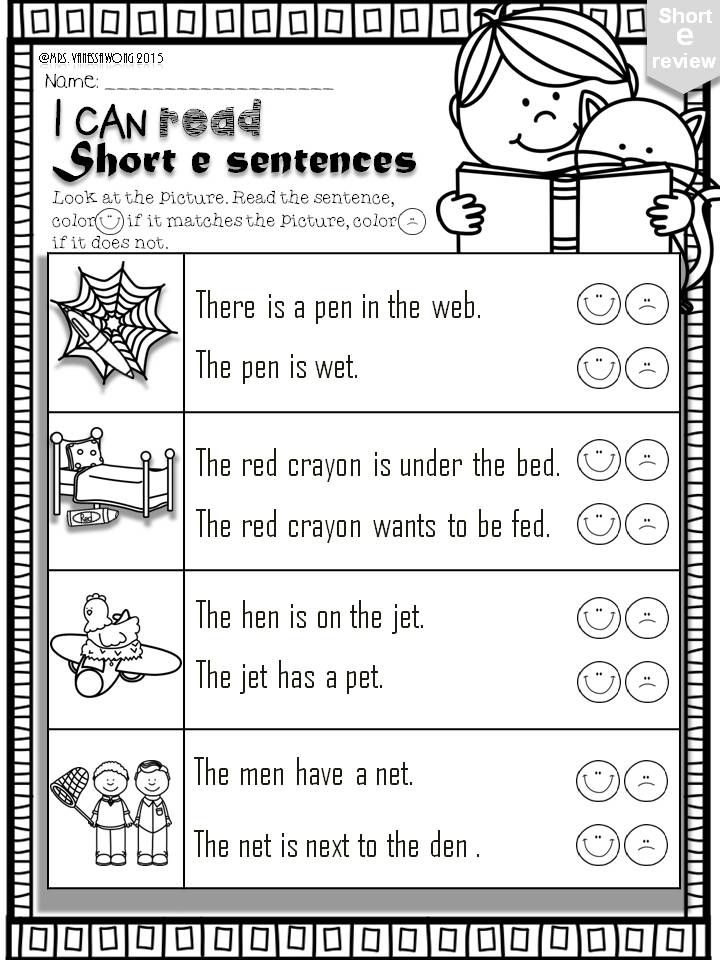
Let’s look at the individual components for each specific day. Each day is broken down by:
– whole group (direct teach and guided)
-independent practice
– word work (center)
–home connection
All the details are included on the lesson plans. The lesson plans are simply a guide…and ideas. As always, you know your classroom and students’ needs best so I always suggest that you use Phonics Friends in a way that works best for you and your students!
**DAY ONE:**
Pin the Fin is a whole group activity played like the traditional game: Pin the Tail. Prior to playing, the teacher displays the fish poster on the board. Students make a line in front of the board. The teacher shows the first student in line a picture card. The student identifies if the picture on the card has the short i sound. If it does, the student will close their eyes and “Pin the Fin” on the fish. I recommend attaching magnetic tape to the back of each fin. If the picture card does not have the short i sound, then the student does not pin the fin on the fish.
The student identifies if the picture on the card has the short i sound. If it does, the student will close their eyes and “Pin the Fin” on the fish. I recommend attaching magnetic tape to the back of each fin. If the picture card does not have the short i sound, then the student does not pin the fin on the fish.
Icky I Hativity is an independent activity. Students sort the pictures based on whether or not they hear the short i sound in the picture.
Puzzle Cards are a Word Work activity for stations. Day 1 Word Work is called “Make it Monday”. Students work with their station partner(s) to make the short i words. There are 2 versions (see picture) of the puzzle cards included within the resource so that you can choose which one works best for you.
Sound Bracelets are a Home Connection activity for students to take home and show off their day 1 learning with their parent(s)/guardian(s).
**DAY 2:**
Icky Sounds is a guided practice activity where students segment the word that is called out into the boxes.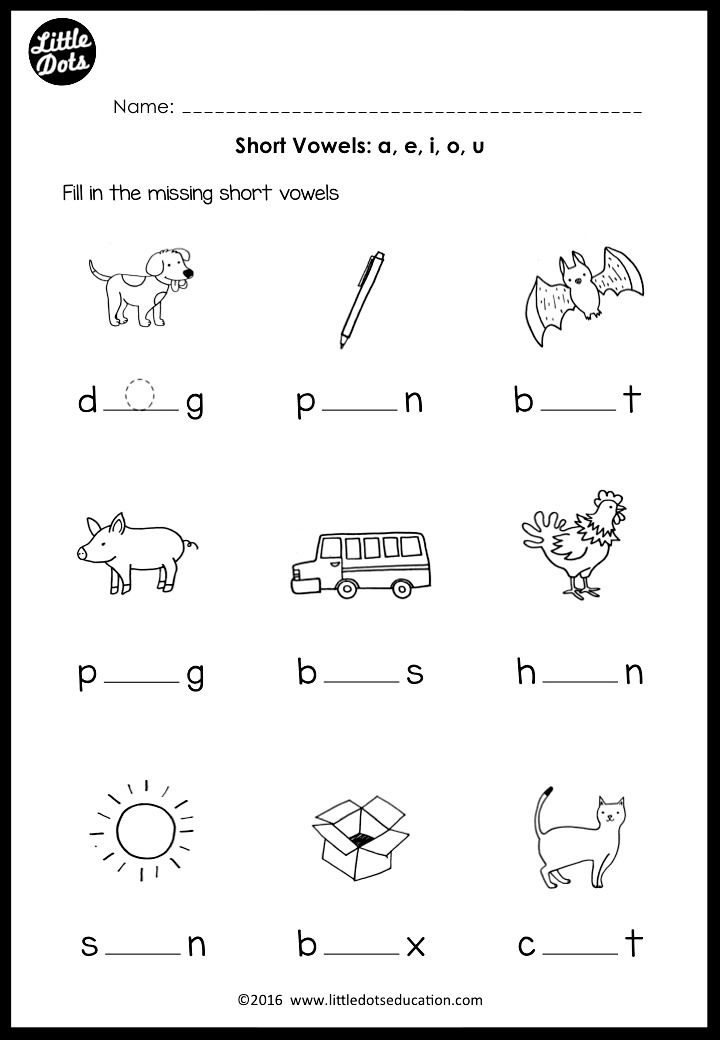 They can use a gummy worms or a manipulative (cubes or play dough) for each sound. They could also use a wipe off marker and spell the word in the boxes.
They can use a gummy worms or a manipulative (cubes or play dough) for each sound. They could also use a wipe off marker and spell the word in the boxes.
Sit – N – Spin is an independent activity where the student spins a picture, segments the word, and spells it in the boxes. This also works for an informal assessment.
Build It Mats: Day 2 Word Work is called Build it Tuesday. Students build the words on the mat in a center/station.
Spin and Build is Day 2 home connection activity. It could also be used as an independent activity if you do not use homework in your classroom.
**DAY 3:**
All Mixed Up is an activity where students spin the spinner. They find the unscrambled word for the picture they landed on, and write the correct spelling for the picture they land on under the scrambled word.
Heads or Tails is a partner game.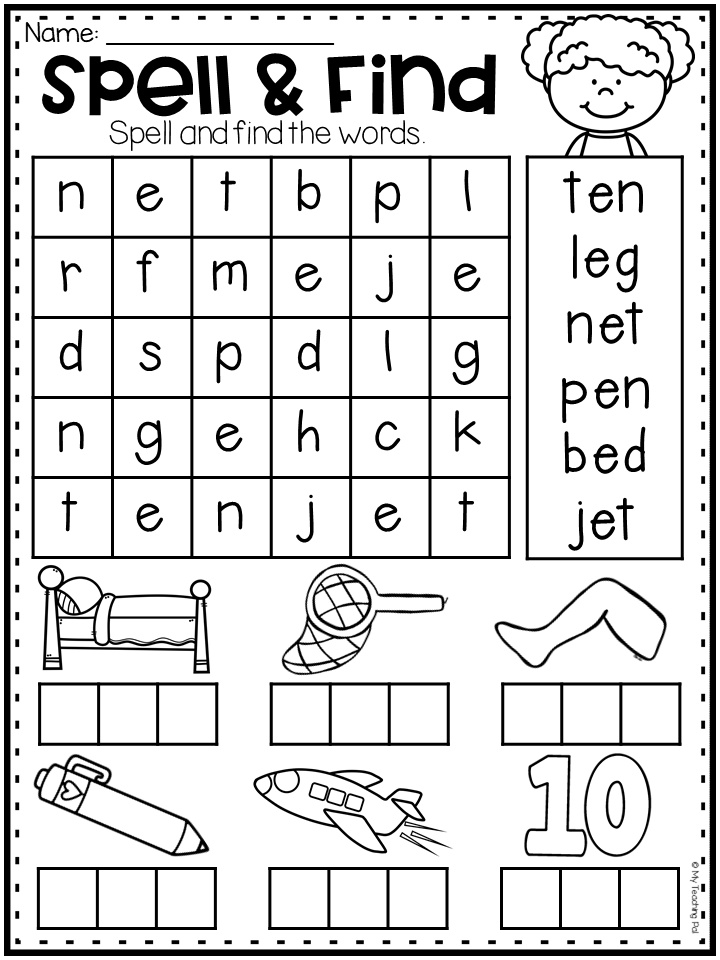 I love this game and like to use it across subjects! You can see how I used it with Sight Words here. Students take turns flipping a coin to spell a word next to the pictures. For example: Michelle flips the coin, lands on heads, and chooses a picture to spell. Then, Cody flips a coin. If he lands on tails…he will spell a word on his side….if he lands on heads, then Michelle will spell a word.
I love this game and like to use it across subjects! You can see how I used it with Sight Words here. Students take turns flipping a coin to spell a word next to the pictures. For example: Michelle flips the coin, lands on heads, and chooses a picture to spell. Then, Cody flips a coin. If he lands on tails…he will spell a word on his side….if he lands on heads, then Michelle will spell a word.
Day 3 is Write it Wednesday for Word Work. This is a Write the Room activity that covers a plethora of skills and goes beyond just copying the word on the card.
The Home Connection activity for Day 3 Trace, Write, and Match. Again, this could be used as an independent activity if needed.
**DAY 4:**
Mix and Find can be played as a whole group. Each student will need a Mix and Find picture card. They will walk around the room and find a partner. If their partner has a card with the same word family as their card, then partners write their word on each others recording sheets.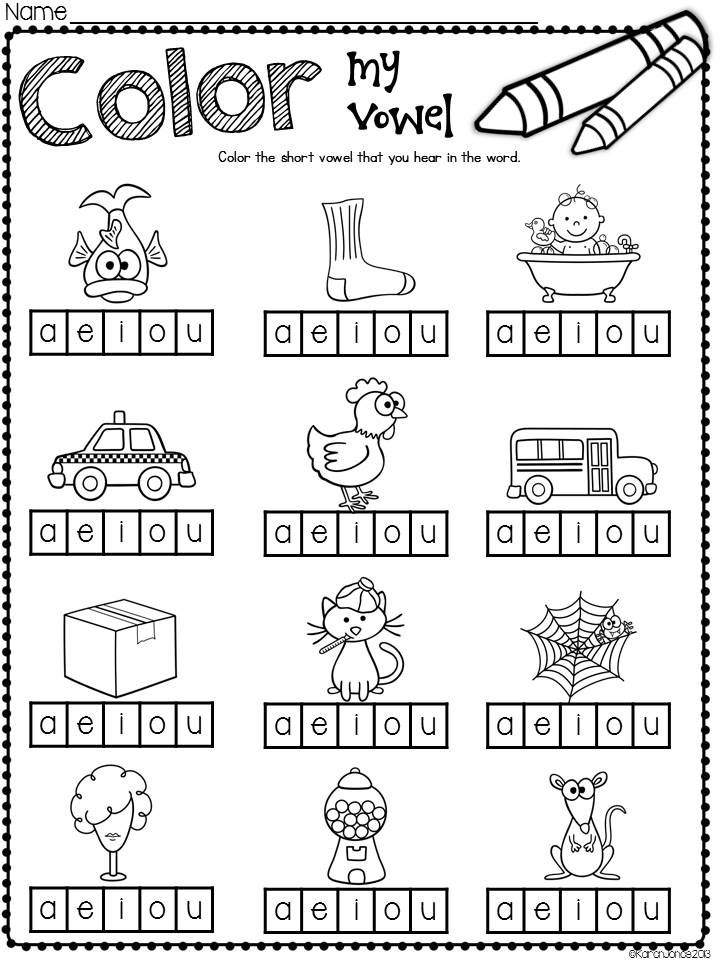 After writing their words, partners switch cards and repeat the steps! This one applies lots of different objectives through the game!
After writing their words, partners switch cards and repeat the steps! This one applies lots of different objectives through the game!
What’s that Word is an independent matching activity that can be used in a phonics notebook or glued to a piece of paper.
Full House is Day 4 Word Work for “Thinking Thursday”. It is a partner game where partners take turns spinning the spinner and finding a picture that matches that word family. The goal is to get a full house by getting 4 pictures in a row!
Smash and Match is the Home Connection for Day 4.
**DAY 5:**
PIG! This game gets them up and moving and is fun way to practice reading words! Teacher turns music on, students move around the room, and trade cards with another student. When students trade cards, they read the word on the card they receive. When the music stops, the teacher says “PIG” and the student(s) holding the PIG card wins that round.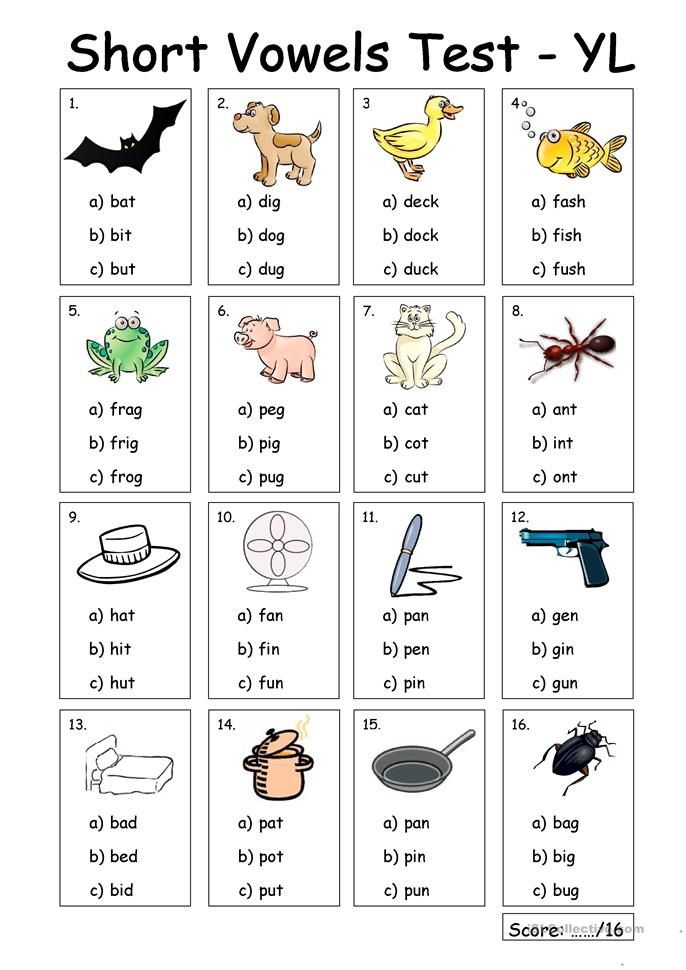
To wrap the week up, students can take a Spell Check with the words used within this resource or other words that follow the short i spelling pattern.
Day 5 Word Work is Fun Friday and these word dominos are just that. FUN!
And on the last day, students can take home the Sound Master Award to celebrate their hard work all week.
Lots of things, but I wanted to make sure there was more than enough ways to practice short i!
You can find all of the activities (plus lesson plans + week at a glance) HERE
You can find other Phonics Friends post HERE and all of the Phonics Friends HERE
Phonics Friends WITHOUT the activities and plans (Just the Friends) are available HERE.
8 Simple and Fun Short Vowel Sound Activities for all Ages
Want to lessen the anxiety that comes with pronunciation-focused classes and get students excited to learn?
Here are eight simple and fun short vowel sound activities you can use to teach students of any age or level:
1.
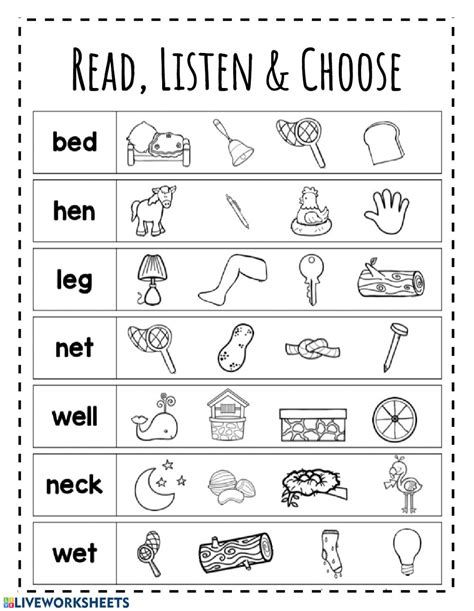 Pronunciation Maze
Pronunciation MazeBest suited for children.
You’ll need to prepare a worksheet filled with words in a maze layout for this activity. Students have to make their way through the word maze by finding words with the same vowel sounds.
It goes without saying that you should tailor the maze to their English level. Some students may find it too easy, and that’s fine. The focus of the activity is making the students aware of the vowel sounds, getting them to use them, and helping them hear the difference between similar sounds, like “bit” and “beat,” for example.
Pronunciation mazes work well because they help students notice patterns, like words with “ea” sounding the same.
Here’s a maze for the short “u” sound
Here’s a maze for the “oo” sound, as in “book.”
Here’s a maze for the “o,” “ou,” and “u” sounds.
Looking for a helpful resource for teaching short vowel sounds effectively? Check out the Creativa course Mastering North American Pronunciation.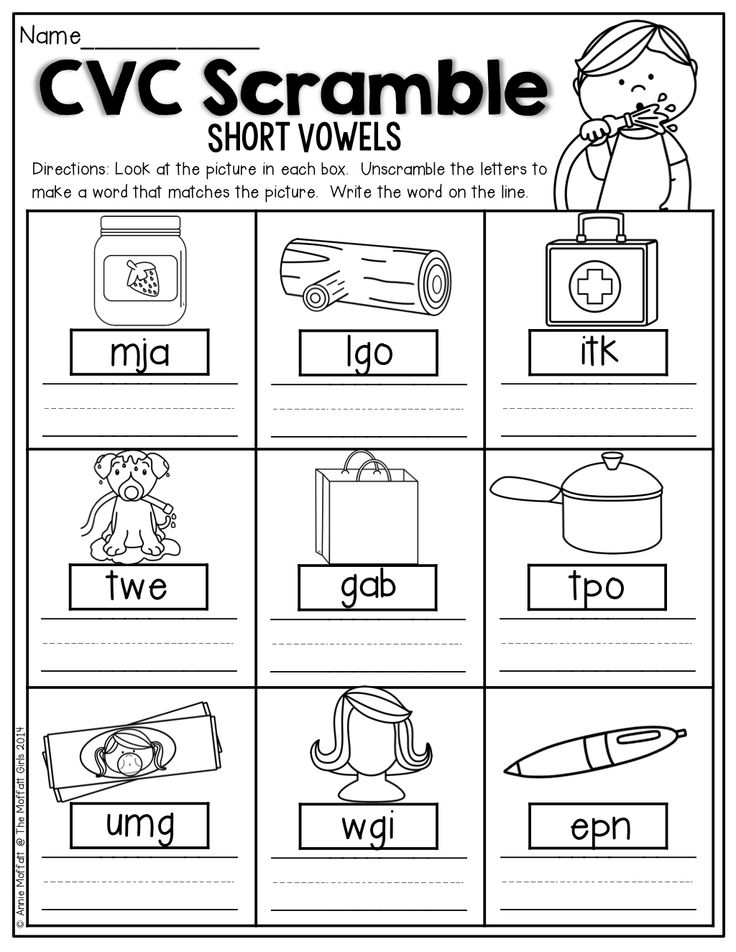 Our team has carefully designed the course with high-quality, engaging videos that dive deep into every area of English pronunciation so learners can speak fluently sooner.
Our team has carefully designed the course with high-quality, engaging videos that dive deep into every area of English pronunciation so learners can speak fluently sooner.
Don’t miss the video episode on short vowel sounds that features real-life examples and tips you won’t find in coursebooks! Check out this free video from the course and get started today.
2. Shadow Reading
Suitable for any age and level.
Shadowing, or shadow reading, is a technique where you repeat an audio or video just after hearing it. You’re acting like an “echo” or a “shadow” (hence the name). Students listen to the words and then say them back out loud, focusing on the correct pronunciation of the sounds rather than vocabulary.
There are two ways you can use the shadow reading exercise:
- With an audio or video clip.
- With a text, like material from your coursebook, if you use one.
There are a few obvious benefits to shadow reading or shadowing:
- Students can do it on their own.
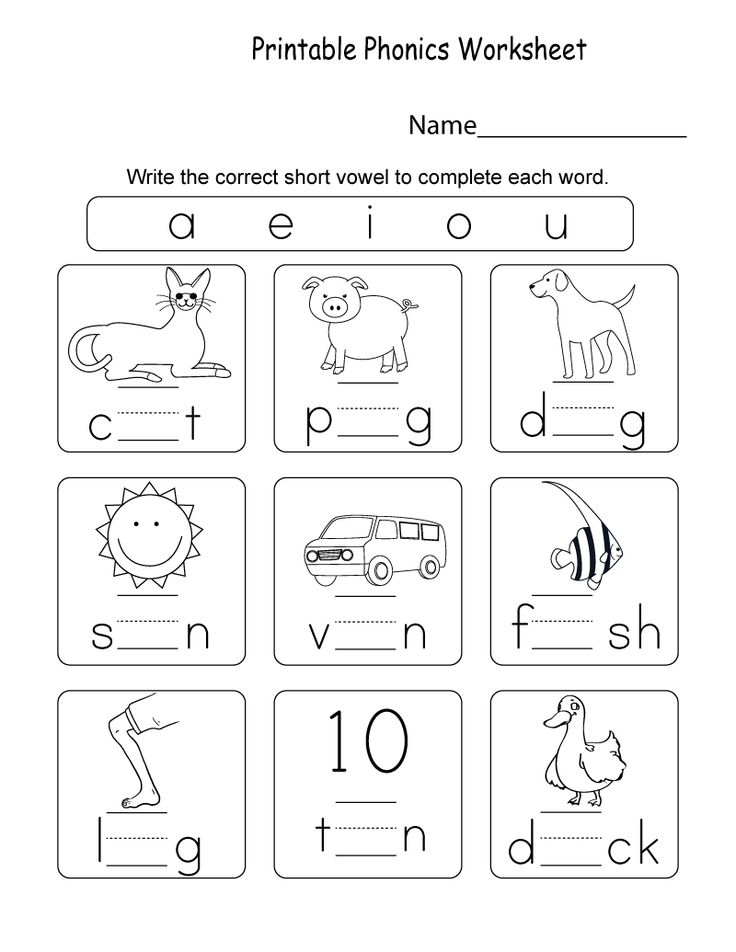
- It takes only about 15 minutes.
- It improves listening, prosody, and intonation.
- It’s often free– no need to print materials, etc. Just access to audio, videos, or an existing text.
Steps for shadowing:
- Find a suitable audio clip or video for your student’s level. You can use Youtube, Netflix, and even podcasts for English learners.
- The student listens once for context. It undoubtedly helps when the student understands the context of an audio or video before repeating the dialog. Get them to listen once, so you’re sure they understand the context and all the essential vocabulary.
- The student shadows the audio/video with a transcript. Speaking along while reading a transcript helps the student better understand the context and gives them the chance to review any vocabulary they don’t understand.
- The student shadows without a transcript.
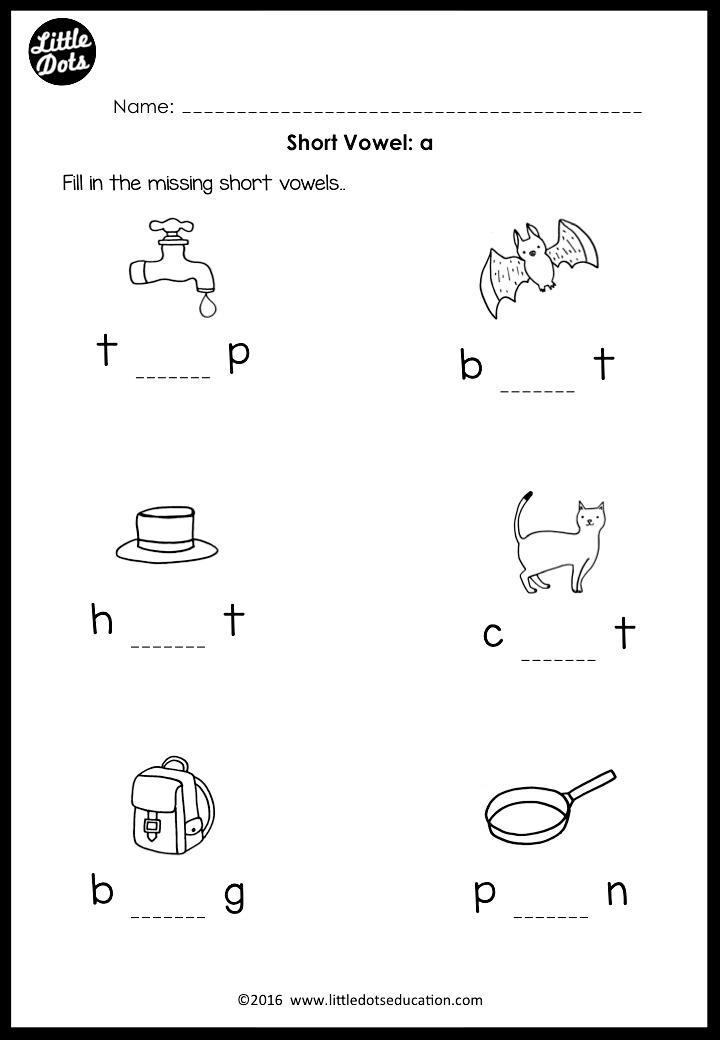 Depending on your student’s level, they may benefit from shadowing the audio/video without a transcript. While understanding all the vocabulary has its benefits, the focus here is on listening and imitating the sounds.
Depending on your student’s level, they may benefit from shadowing the audio/video without a transcript. While understanding all the vocabulary has its benefits, the focus here is on listening and imitating the sounds.
3. Fill in the Blanks
Better suited for children or beginner adults.
Fill in the blanks is perhaps one of the easiest and most effective activities for younger students. Everyone loves learning from images, and there’s a wealth of worksheets available online.
Prepare some easily recognizable images of things that have short vowel sounds. The words don’t have to be only three letters, but they must be suitable for the level of your students.
Create sentences with the short vowels blanked out that the students can easily guess with context, using the image. Be sure to put blanks in each short vowel so they can count the sounds.
After they’ve written their phrases, they can compare in pairs or groups and read aloud to practice the sounds.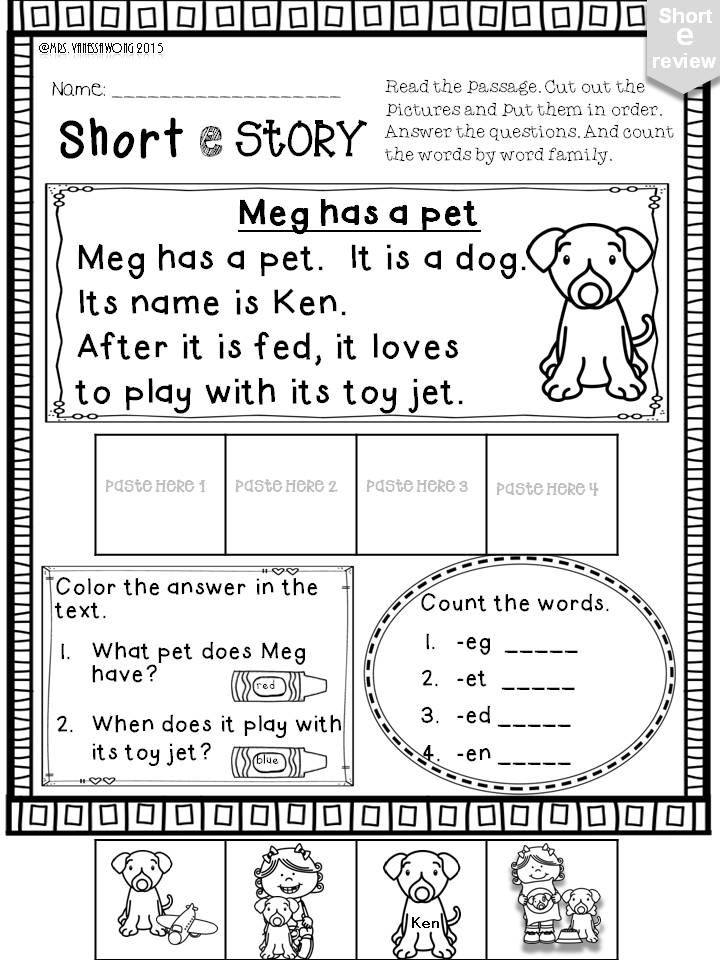
Some phrases you could use:
- My pig is in the mud.
- The dog is on my bed.
- I go to the park in a car.
- The sun is very hot.
- The frog is on the log.
4. Minimal Pairs Bingo
Suitable for children or adults.
Minimal pairs bingo is an excellent activity for all ages and levels because you can easily adjust the words you use to suit your students.
For this activity, you’ll focus on two similar short vowel sounds using a bingo-style card of 25 squares. Before starting, tell each student to put each word in any square of the card.
Once they’ve done that:
- Ask one student to pick a word from a hat (you’ll have to cut them up beforehand) and read it to the class.
- The students should then cross out that word on their cards.
- Continue until a student has crossed out a complete row of 5 consecutive squares (vertically, horizontally, or diagonally).
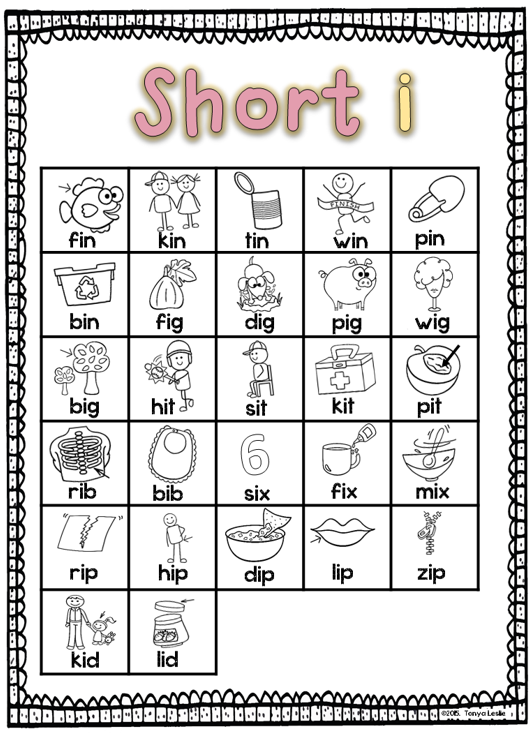 The winner has to yell “bingo!”
The winner has to yell “bingo!” - After a student gets bingo, they should read back the words out loud for pronunciation practice.
You should keep track of the words you draw to check the winner’s card at the end.
5. Dictation
All ages and levels.
Spelling should improve as well as pronunciation when learning short vowels. Dictation serves to make that happen, and it’s easily adjusted to all ages and levels.
You can make standard dictation more exciting by putting students into groups or even making it a little more competitive with a time limit or something similar, which can also work well for a single student.
- Give everyone a piece of paper or mini whiteboard.
- Dictate words at a steady pace, repeating each once.
- Check all words and correct spelling where necessary.
- Dictate another round of new words slightly faster without repeating.
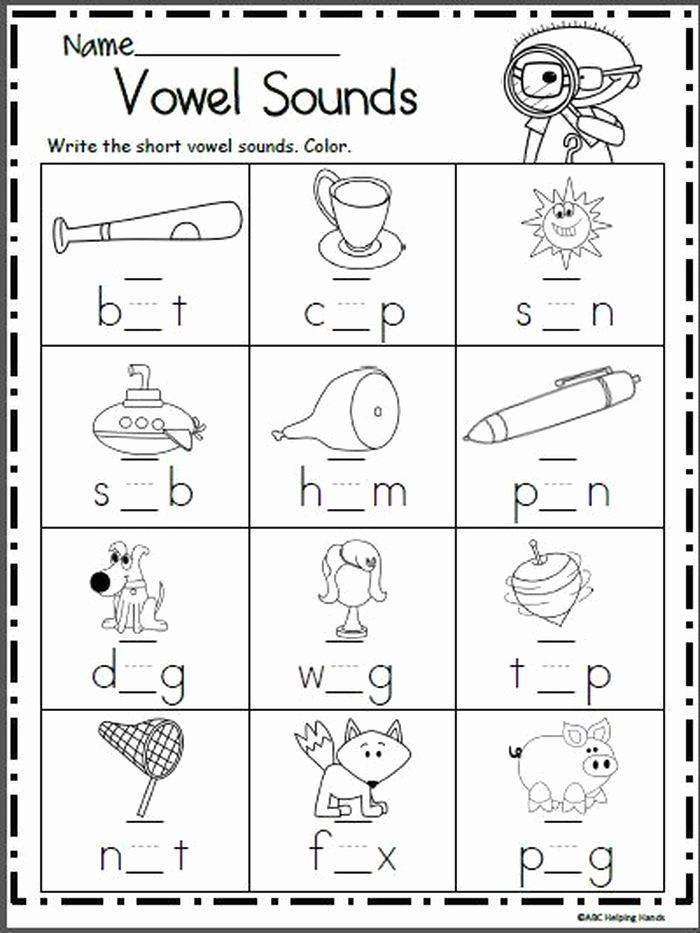
- Try moving onto sentences if they find it too easy.
6. Scrabble-style Phonics Game
Better suited beginners and young learners.
Memorizing pronunciation rules is usually challenging for most students learning short vowel sounds, but putting what they’ve learned into practice can be even more difficult.
This scrabble-style phonic game is a hit among beginner and young ESL students. Teachers present a short vowel sound, and students have the chance to get creative with the words they come up with.
- Give your students their sheet of letters. You can even design your own but make sure to exclude vowels.
- Give them a vowel (or more if you want to do bigger words).
- Student draws two or more letters and dictates the words they make. Then you list which words are real vs. not real.
- Students get the points for the corresponding letters.
 The point system is often an encouragement.
The point system is often an encouragement.
7. CVC Dice Game (consonant-vowel-consonant)
Children or adults of beginner level (A1/A2).
You can use real dice with a chart of vowels or print a premade set for this activity. Similar to the scrabble-style activity, the focus here is on the student using the short vowel sounds, not vocabulary.
There are two ways you can approach this activity:
- Using real dice with a corresponding chart of vowels.
- With a premade set of consonant and vowel dice.
With Real Dice
- Set a vowel for each face of the dice
- Give the students two consonants
- Students roll the dice (two if you want bigger words)
- They create as many CVC words as they can and say them out loud at the end
Premade Consonant Dice
You can adjust this for more advanced students by allowing them to create bigger words using the two consonants, as long as they follow the CVC format.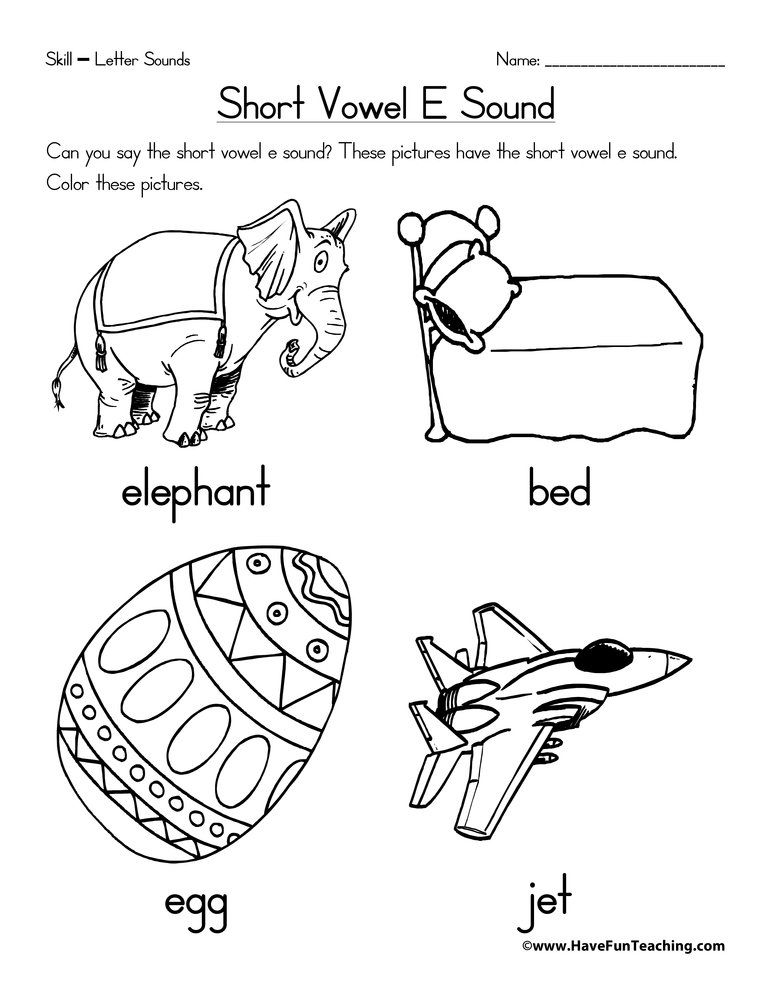
- Students continuously roll the dice (for a predetermined amount of time) and write down all the words they create.
- The students read their words out loud at the end while you note which aren’t real words.
Beginners may make some silly words, but that’s fine; the importance is that they use the short vowel sound out loud.
8. Read Dr. Seuss
Better suited for children, but some adults of beginner/intermediate levels may enjoy it.
Who hasn’t read Dr. Seuss and loved the rhymes and illustrations? The books are designed to teach kids the simplest way possible, so the catchy and memorable rhymes are perfect for helping students practice and remember vowel sounds.
These three Dr. Seuss books are considered the best for learning vowel pronunciation:
- Oh Say Can You Say
- Fox in Socks
- Hop on Pop
Remember to bring attention to, or mark, the words with short vowel sounds so the students can write them down and practice them.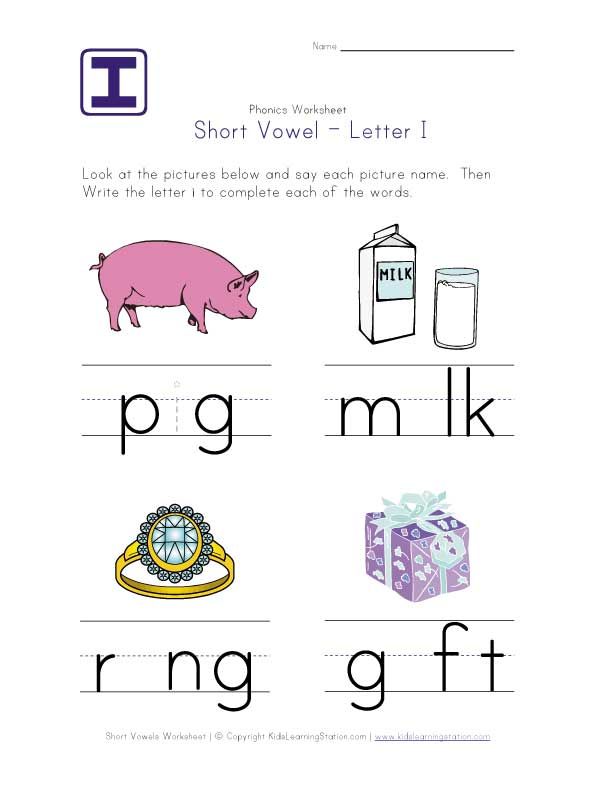
Conclusion
You can easily adjust all these activities to suit online and one-on-one classes, no matter your teaching style, so there’s something here for everyone.
Students will gain confidence with time and a few different activities and soon look forward to pronunciation-focused classes without nerves or overthinking!
The proof of the progress is in the pronunciation, and our free worksheets are an excellent way to get students to practice at home and solidify what you’ve taught them in class.
Synopsis of the Russian lesson on the topic: "Consonant sound [Y'] and the letter I short". | The plan of the lesson in the Russian language (grade 2) on the topic:
Topic: consonant sound [th ’] and the letter and short.
Objectives:
- To introduce students to the features of the letter y.
- To teach to hear the sound [th ']; designate the sound [th '] with the letters th, e, e, u, i.
- Answer with reason, prove your opinion; use the acquired knowledge and skills in practical activities.
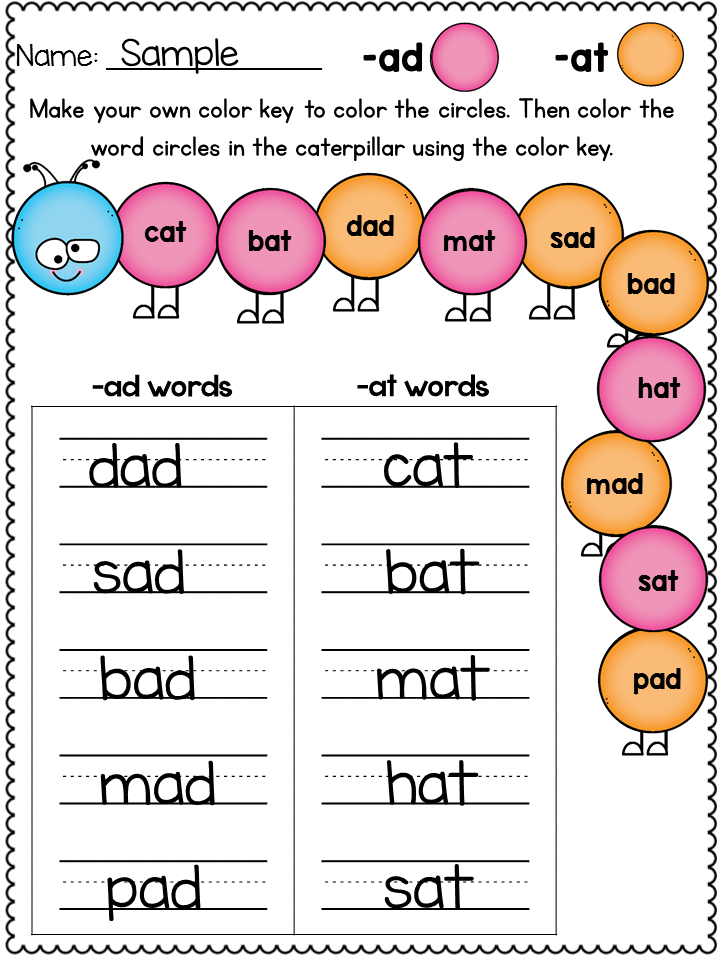
Planned results:
- personal:
- to form a value attitude towards the Russian language;
- form an adequate positive self-esteem and self-perception;
- express a positive attitude towards the process of cognition;
- to develop the skills of a friendly attitude towards comrades.
- subject:
- repeat the rule for checking an unstressed vowel at the root of a word;
- to continue the formation of the skill of working with dictionaries;
- clarify students' ideas about the consonant sound [Y'];
- distinguish between ways of designating the consonant sound [Y'] with letters in writing;
- to form the experience of sound-literal analysis of words with the sound [y'] and the letter y;
- use the rule when wrapping words with the letter “and short”;
- form spelling vigilance;
- meta-subject:
- to form the ability to analyze, generalize the material;
- to form the ability to test oneself and evaluate the results of educational activities;
- to form the ability to competently build speech statements in accordance with the tasks of communication;
Equipment:
- Textbook "Russian language" Grade 2 V.
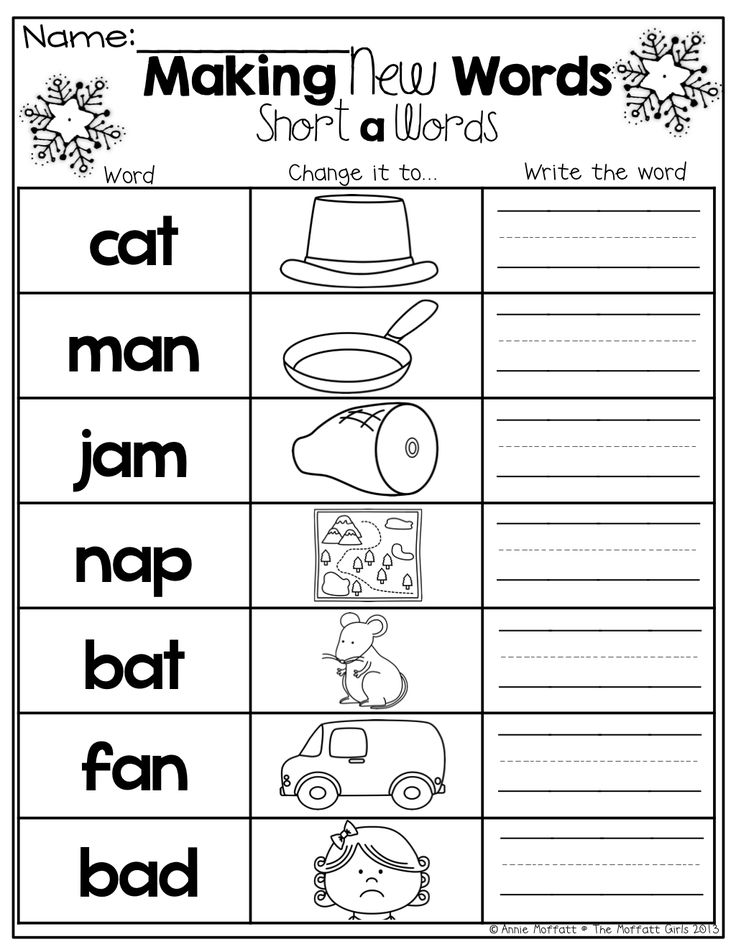 P. Kanakina, V.G. Goretsky, multimedia projector, presentation.
P. Kanakina, V.G. Goretsky, multimedia projector, presentation.
1. Motivation.
Goal: Positive attitude of students to be active.
- I came to the lesson with ...
- At the lesson I want to ...
- At the lesson I will try ...
The motto of our lesson: The Russian language is informative and exciting!
2. Updating knowledge.
- Write down the number, class work.
1. Work with vocabulary words.
Shop, milk, clothes, coats, boots.
- Remember what words you learned in the previous lesson.
- Explain their lexical meaning.
- Make phrases with dictionary words.
- Write down (pronunciation), highlight spellings.
2. Repetition of the studied material.
Purpose: To repeat the spelling of unstressed vowels in cognate words.
- Read the words written on the board.
L…juice, l…drowsy, l…wildered, l…syrup.
- Who guessed what to do?
- How to check an unstressed vowel?
- Which word will be the test word? We write down first the test word, then the words to be checked, inserting the missing letters.
- What else can you say about these words? (they have the same root)
- Select the root in them.
3. Self-determination to activity.
To our lesson today
An animal galloped up from the forest.
He is fluffy, long-eared,
His tail is a ball of fluff.
Who is this? Guess!
Well, of course, this is ... (bunny)
- Once an unpleasant story happened to Bunny. He built himself a new house and put up a sign with his name on it. But when guests came to him, there was laughter. Why were the guests laughing? Slide 1
- What will we talk about today at the lesson? (letter Y and sound [Y']) Slide 2
- Is this topic new to us? (no)
- Today we will remember what we know about the sound [y'] and the letter Y.
4. Work on the topic of the lesson.
- Remember what you know about the sound [th'].
- What letter do we designate the sound [th']?
- Now Bunny is friends with the letter y and the sound [y'].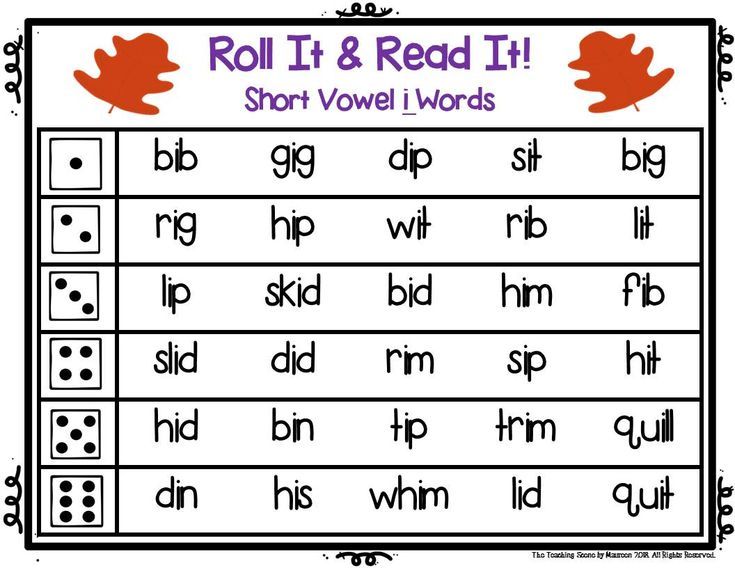 He often plays hide-and-seek with the [y'] sound. This sound is not easy, he often wears an invisibility cap.
He often plays hide-and-seek with the [y'] sound. This sound is not easy, he often wears an invisibility cap.
- Bunny offers to play with him and find out which letters "hide" the sound [Y'] from us.
- What kind of letters can hide the sound [y']?
- When do these letters hide the sound [y']?
Conclusion: the sound [Y'] is often "hidden" behind the letters E, Yo, Yu, Ya, if they are at the beginning of a word, after a soft or hard sign, or after vowels.
PHYSMINUTE
5. Primary fixation.
Work with the textbook.
- Open your textbook to page 115.
- Find exercise 184 and read the task.
- Do the exercise.
- Check. What sounds do these letters represent?
6. Work in pairs.
Game "Collect words".
T-shirt, construction site, bench, hostess, kettle, puck.
- Do you remember how to hyphenate words with a letter and a short one?
- Write down the words, separating them for hyphenation.
Reminders for the weak.
- Check.
The development of speech.
- Make a sentence out of words.
Sparrow, galloping, branches, mischievous, on, spruce
Check.
- Emphasize soft consonants.
Check.
7. Summary of the lesson.
- What did you remember in the lesson?
- Why is the sound [y'] called invisible?
8. Reflection.
- At the lesson I ...
- I learned ...
- Now I can ...
- I did it ...
- I finish the lesson ...
Vowel sounds and letters. How many are there in Russian?
We will teach you how to write without errors and tell stories in an interesting way
Start learning
The correct pronunciation of words is one of the components of beautiful and literate speech. To achieve this, you will first have to study the sounds themselves. In this article, we will figure out together what vowel sounds are, how many vowels are in the alphabet of the Russian language, and what sounds they can represent.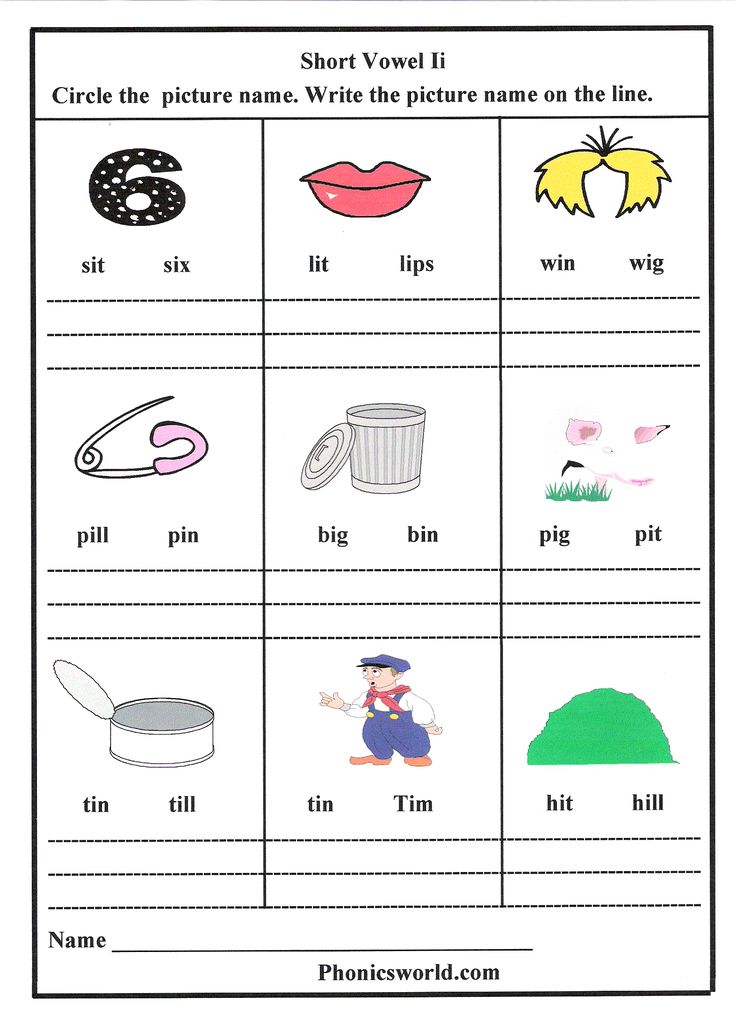
What are vowels and sounds
Vowel sounds are those sounds that we freely convey with our voice. Hence their name comes from: tone means "voice". When pronouncing, air exits through the mouth and does not create noise, and the position of the tongue and lips determines which vowel sound we will pronounce.
There are much fewer vowels in Russian than consonants. There are 6 of them in total: [a], [o], [i], [s], [y] and [e]. To understand whether a vowel sound is in front of you or not, try to sing it. For example:
-
a-a-a ,
-
y-y-y
-
s-s-s .
If it works, then the sound is a vowel. You can't do that with consonants.
There are more vowels than sounds - there are 10 of them: a, i, u, u, o, e, e, e, i, s .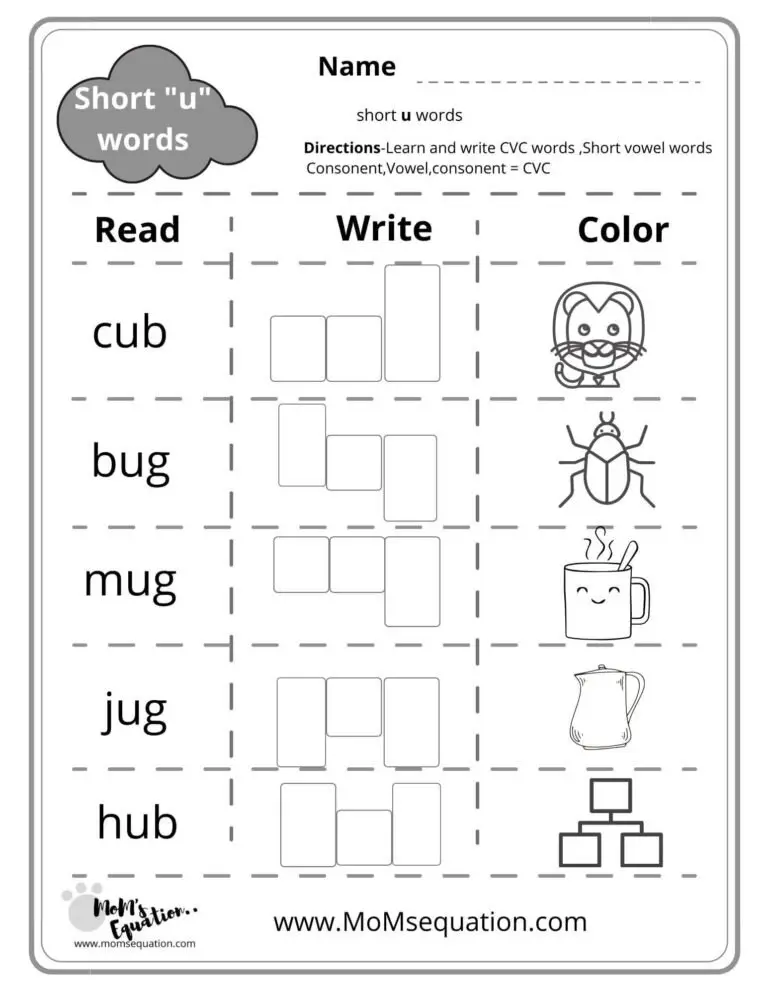 This difference is due to the fact that some of these letters can represent two sounds and are pronounced using a combination of a vowel and a consonant [y']. For example, in the word spruce , the letter e expresses two sounds - [y'] and [e]. Let's look at the table all the vowel sounds and the letters that represent them.
This difference is due to the fact that some of these letters can represent two sounds and are pronounced using a combination of a vowel and a consonant [y']. For example, in the word spruce , the letter e expresses two sounds - [y'] and [e]. Let's look at the table all the vowel sounds and the letters that represent them.
| Letter | Sound | Example |
|---|---|---|
| a | [a] | pharmacy |
| i | [a] [d'] + [a] | change anchor |
| at | [y] | moon |
[y] [y'] + [y] | love skirt | |
| about | [o] [a] | horse milk |
| e | [e] [y'] + [e] [and] | victory raccoon great |
| e | [o] [d'] + [o] | rope hedgehog |
| e | [e] | evolution |
| and | [and] [s] | caviar life |
| s | [s] | choice |
Demo lesson in Russian
Take the test at the introductory lesson and find out what topics separate you from the "five" in Russian.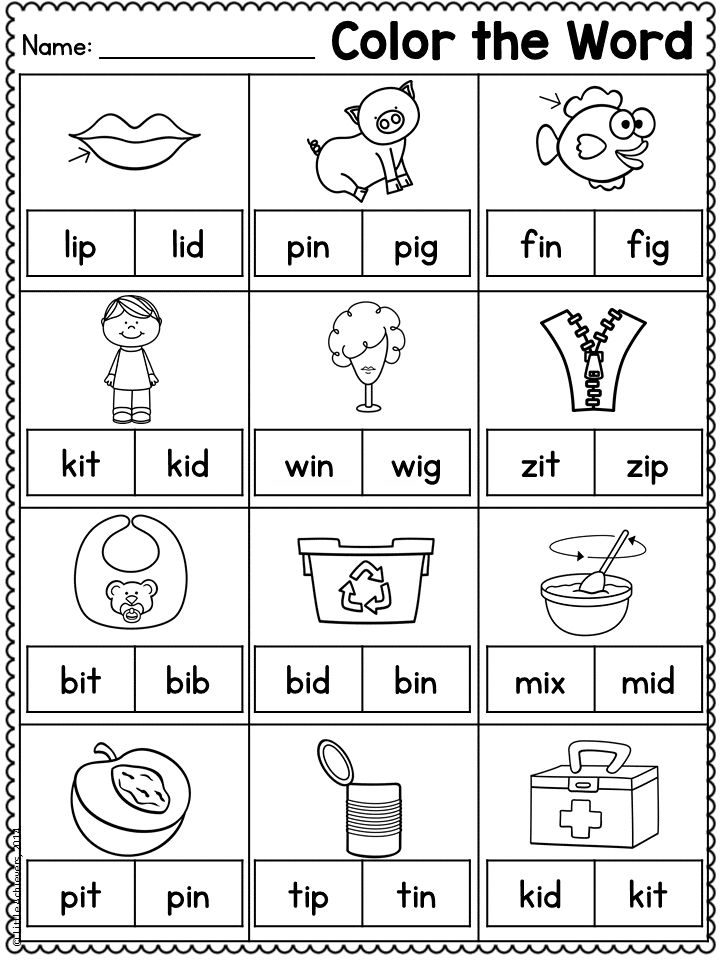
How vowel sounds are related to syllables
Vowel sounds form syllables - sound segments of words that we pronounce with one breath. One syllable can be either a vowel with one or more consonants, or a vowel alone. There is even a rule by which syllables can be counted: how many vowels in a word - so many syllables.
For example, in the word journey there are 5 vowels: [u], [i], [e], [i] and [e]. This means that it has 5 syllables: p-te-she-stv-e .
Test yourself!
Count the number of syllables in the words: try on, tanner, well-groomed, care, prefix, capital, wet, invitation, orange .
Vowel sounds and stress
Now let's see what groups vowel sounds are divided into. Sometimes their pronunciation depends on whether the stress falls on them, that is, whether we single them out with our voice. So vowel sounds are divided into stressed and unstressed.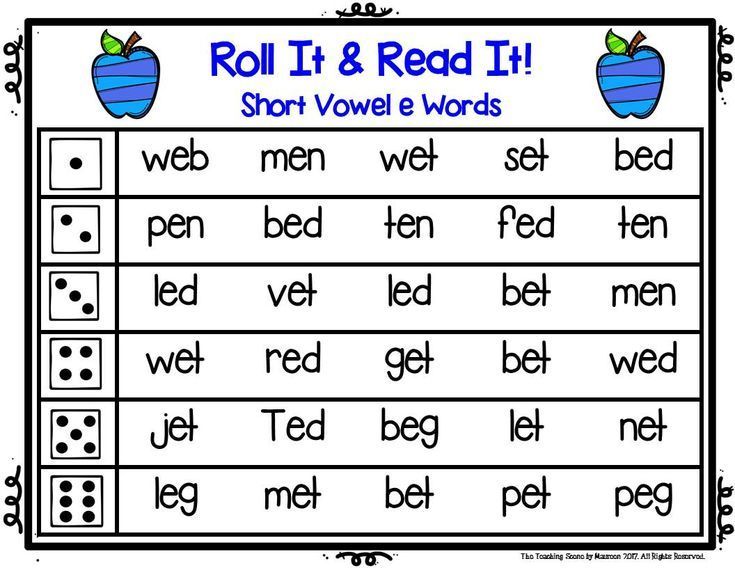 Here are some examples:
Here are some examples:
| | | |
|---|---|---|
| | | |
| | | |
| | | |
Stress in Russian can fall on any of the existing vowel sounds. However, only 4 of them can be unstressed - these are [a], [i], [y] and [s]. In this position, we pronounce sounds weaker than under stress, because of which they can change qualities and sound differently.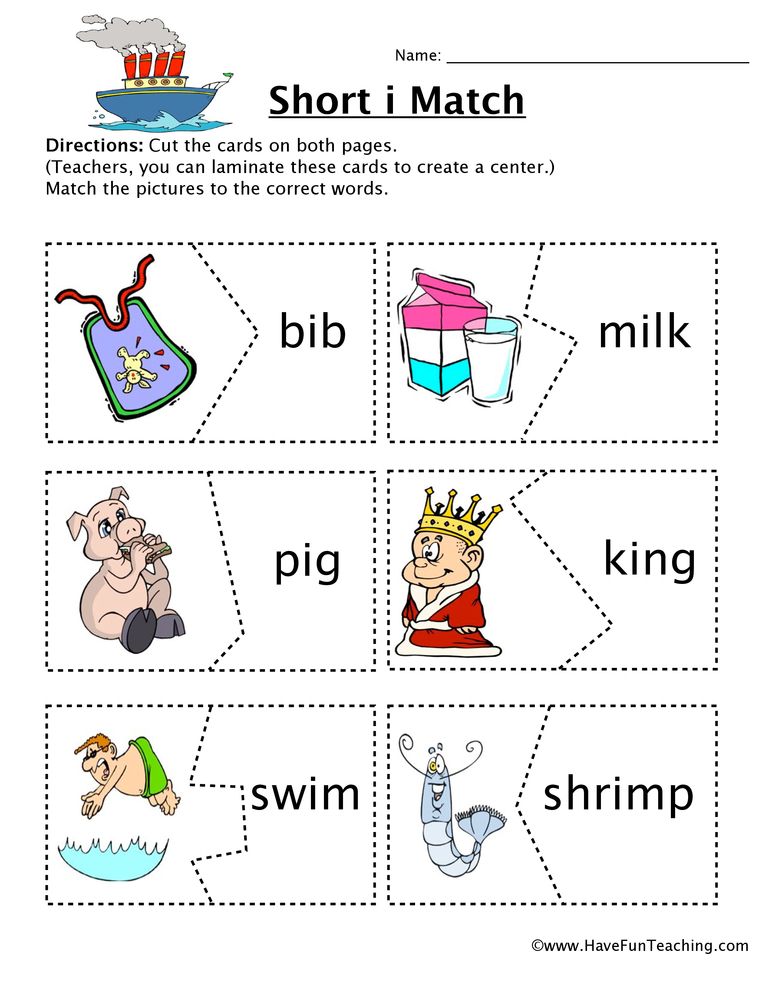
Interestingly, the vowels [o] and [e] can only be stressed. There are only a couple of exceptions to this rule: for example, in words cocoa and canoe sounds [o] and [e] in an unstressed position.
How unstressed vowels are related to consonants
How an unstressed vowel sounds depends on the consonant that precedes it. Or rather, from its hardness or softness. If it is a hard consonant, it can be followed by unstressed vowels [y], [a] and [s]. When we talk about a soft consonant, it is followed by unstressed vowels [y] and [and].
| | |
|---|---|
| | |
| | |
| | |
Free English lessons with a native speaker
Practice 15 minutes a day.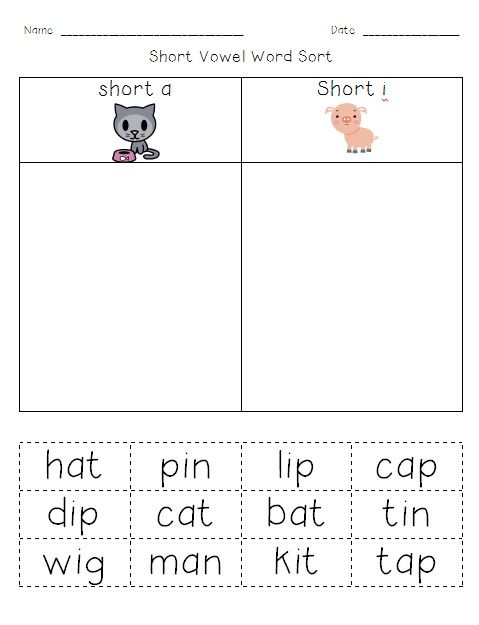 Learn English grammar and vocabulary. Make language a part of life.
Learn English grammar and vocabulary. Make language a part of life.
Test yourself
It's time to find out if you now understand well what vowel sounds are in Russian. To do this, we have prepared tasks for self-examination.
Task 1
List all the vowels in these words:
-
squeal,
-
fair,
-
rejoice,
-
doll,
-
distant,
-
buddy,
-
voting,
-
mirror,
-
story,
-
OK,
-
captivate.
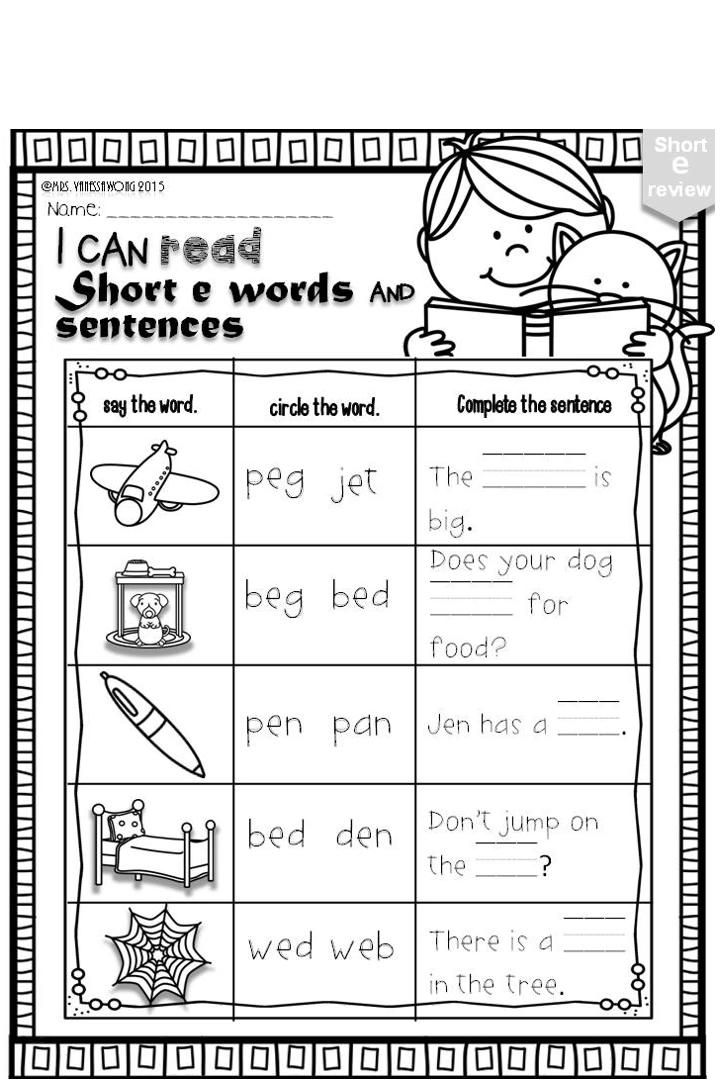
Task 2
Name 5 words each in which the sounds [a], [i], [y] and [s] would be stressed.
Task 3
Name 5 words in which an unstressed vowel would come after a hard consonant and 5 more words where it would follow a soft consonant.
Task 4
Count the number of syllables in the words below (remember to use the rule you learned at the beginning of the article!):
-
weightless,
-
sunrise,
-
adventure,
-
painter,
-
perpetuate,
-
nice,
-
image,
-
category,
-
exciting,
-
melting,
-
snowflake.
